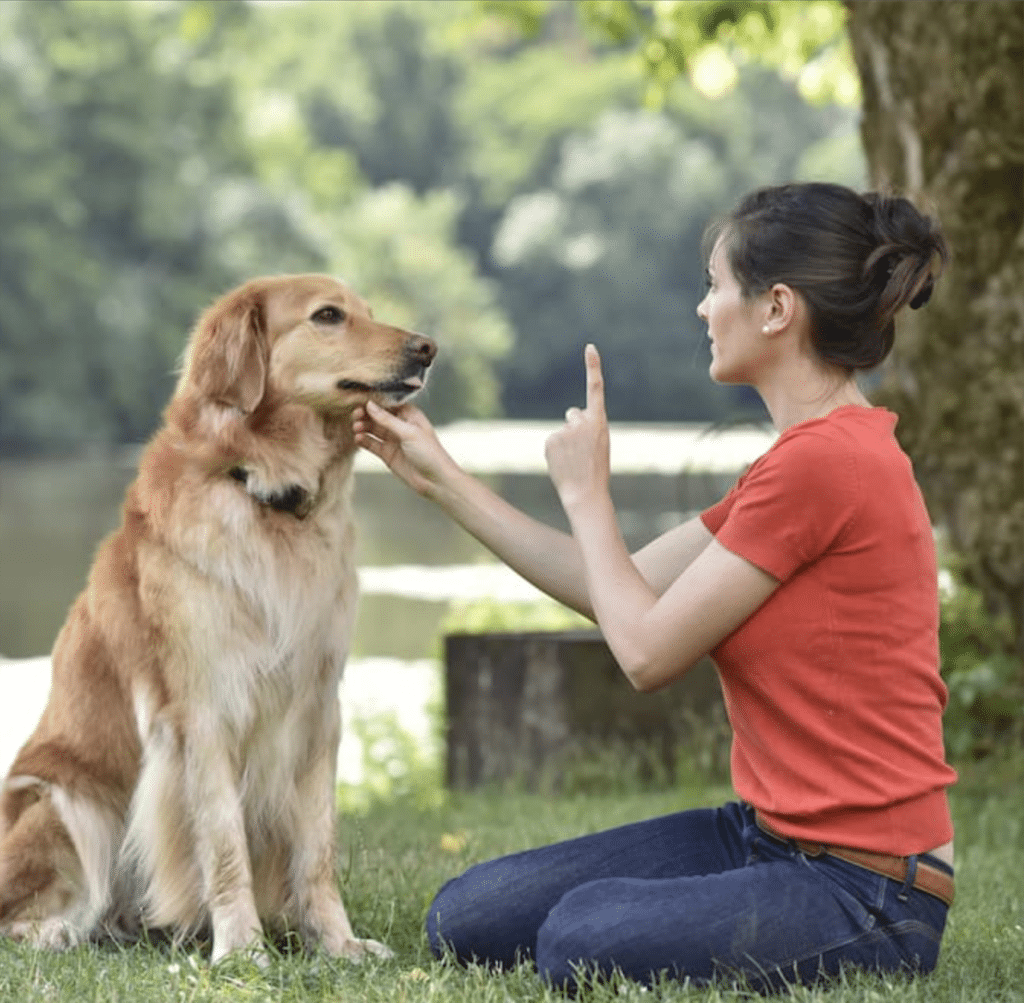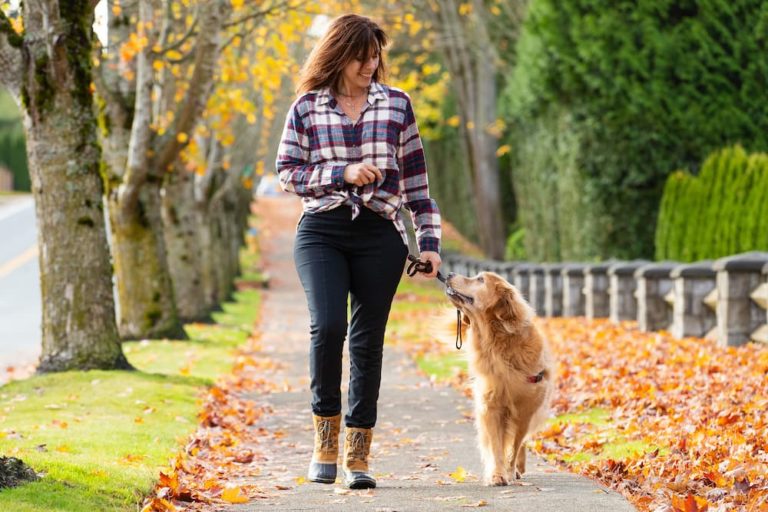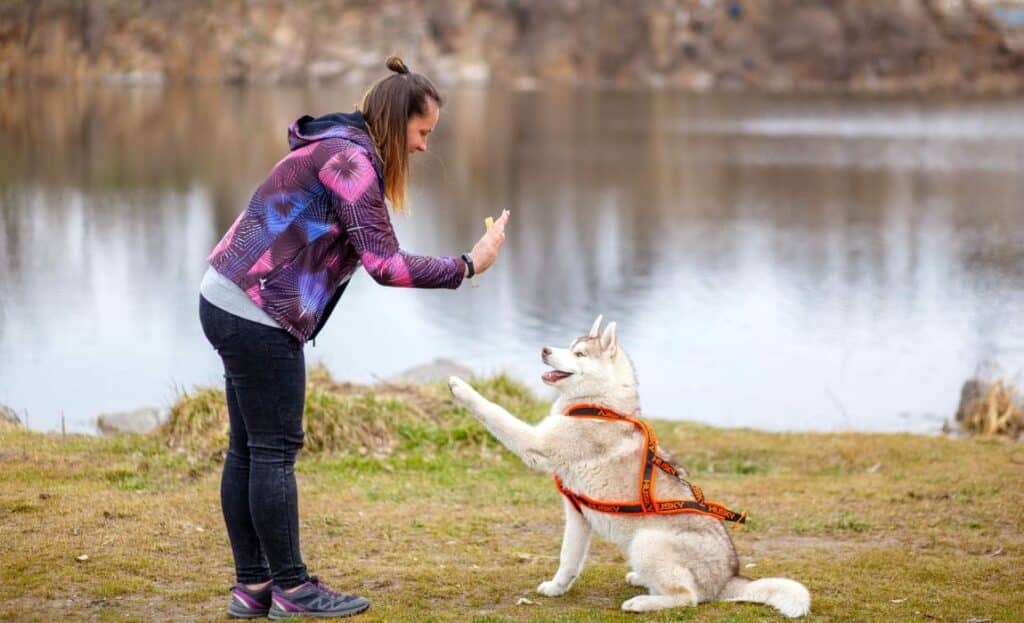It is vital to get your new puppy off on the right foot by giving them some fundamental training as soon as they join your home. In this approach, you will be able to instruct children on appropriate behavior while also assisting in the prevention of behaviors that are undesirable. Training with prizes is not only fun, but it also contributes to the development of a healthy relationship between you and your new dog and also this effect how to make your dog listen to everything you say. Begin within the house, and only after they have a firm grasp on the fundamentals should you move the activity outside.
You and your dog will benefit in a variety of contexts if you put in the effort to train together so that your canine companion can learn the fundamentals of various behaviors. Most critically, ensuring their safety while out on walks and other excursions
Top 10 dog advice and tips for top dog trainer

Here long live dogs.com reviews gives the top ten pieces of advice and suggestions that top dog trainers have for training dogs:
- Get an early start on your workouts. When the dog is still young, it is much simpler to train them. Puppies have the capacity to absorb new information like sponges and do it extremely rapidly.
- Be consistent. In order for dogs to acquire new skills, they require consistency. Your dog will become perplexed and unsure about what you want it to do if you are not consistent with the commands that you give it.
- Use positive reinforcement. Training a dog using only positive reinforcement is the most effective method. Give your dog a best dog train treat or lavish praise on them whenever they perform an admirable act. They will gain the understanding that excellent behavior is rewarded as a result of this.
- Be patient. It takes a lot of effort and care to train a dog. Do not give up on teaching your dog something new if it does not pick it up right away. They just need more practice, and they’ll figure it out someday.
- Make it fun game with your dog. Training ought to be enjoyable for both you and your canine companion. Your dog will be more motivated to learn new things if they are enjoying themselves in the process.
- There is no need to yell or hit. Your dog will only develop a healthy fear of you if you yell at it and smack it. Training will be significantly more challenging as a result of this.
- Learn the breed of your dog. There are dog breeds that are easier to instruct than others. Conduct some research on the breed of your dog in order to gain an understanding of the benefits and drawbacks associated with that breed.
- When in doubt, seek the assistance of a professional. Do not be embarrassed to ask for assistance from a trained professional if you are having trouble training your dog. A qualified dog trainer will be able to assist you in developing an appropriate training program for your pet.
- Be a good role model. The best way for dogs to learn is to watch people. If there is a specific way in which you want your dog to behave, you need to demonstrate that behavior for them yourself.
- Have fun! The process of training a dog can be a wonderful opportunity for bonding. Spending time with your animal buddy and watching them develop and mature will both bring you joy.
The following are some additional suggestions that you might find useful:
- To maintain your dog’s attention throughout the training process, try a number of different approaches.
- When your dog is not in a secure location, you should make sure that they are always under supervision.
- Beginning at a young age, it is important to socialize your dog with other people and animals.
- Walk and play with your dog on a daily basis to help them release some of their pent-up energy.
- If you are patient and consistent with your training, your dog will ultimately pick up on the behaviors that you want them to exhibit.
What are the five most important rules for training a dog?

The following are the five most important rules of dog training:
- Learn your dog’s likes and dislikes. Because every dog is unique, it is essential that you comprehend the specific characteristics that make up your pet’s personality and the way it absorbs information. Some dogs are more driven by praise or play, while others are more motivated by food. Some dogs are motivated by both. When you finally figure out what drives your dog, you’ll be able to capitalize on that knowledge throughout the training process.
- Make it a delightful experience. Training ought to be an enjoyable and gratifying experience for both you and your dog at every stage of the process. It is much more probable that your dog will be motivated to learn new things if they are having fun. When your dog exhibits appropriate behavior, you should praise him, give him treats, and play with him as a kind of positive reinforcement.
- Be consistent. The key to effective training is maintaining consistency. Your dog will become perplexed and have a reduced capacity for learning if you give commands and make expectations that vary from time to time. It is important to be consistent with the commands and rewards you give your dog and to have patience with them as they learn new things.
- Figure out when it’s time to call it a day. The time allotted for training should be kept to a minimum. If you notice that your dog is becoming frustrated or bored during the training session, it is appropriate to discontinue the lesson. This will assist in maintaining a happy and productive attitude throughout training.
- Avoid punishment. The use of punishment as a training method for dogs is ineffective. It may even make existing behavioral issues much more severe. Instead, you should concentrate on teaching your dog what you want them to do through strategies that involve positive reinforcement.
By adhering to these five unbreakable laws, you will be able to teach your dog how to learn and act in a way that is healthy, joyful, and pleasurable for the two of you.
What is the most effective method for training a dog?

Utilizing positive reinforcement is the most effective method for training a dog. This means giving your dog a treat whenever he exhibits admirable behavior and either ignoring or diverting his negative actions. Due to the fact that it is founded on the theory of operant conditioning, the most efficient method for training dogs is the application of positive reinforcement. According to the theory of operant conditioning, a behavior that is rewarded has a greater chance of being repeated, whereas a behavior that does not receive a reward has a lower chance of being repeated.
Here are some pointers to keep in mind when training your dog with positive reinforcement:
- Be consistent. Always make sure to praise and reward your dog for his or her positive behavior. Your dog will not learn what you want it to do if you are unable to maintain consistency in your training.
- Make use of prizes with high value. It is important that the rewards you give your dog be those that he or she actually enjoys, such as food, dog toys to play, or compliments.
- Have some fun with the training. Training ought to be a pleasant adventure for both you and your dog to share together. Your dog will not be motivated to learn anything new if it is not having a good time.
- Begin with the most basic of instructions. To get started, you should teach your dog basic instructions such as sit, stay, and come. After your dog has demonstrated an understanding of basic commands, you can progress to teaching him more difficult commands.
- Be patient. Training requires a commitment of both time and patience. If your dog does not pick up a command immediately, do not allow yourself to become disheartened. Just keep working with it, and soon your dog will understand what you want him to do.
Some examples of positive reinforcement include the following:
- You should reward your dog with a treat if it sits when you ask it to.
- If your dog comes when you call it, be sure to pet it and offer it some affection. You must learn simple step to improve your dog recall
- Praise your dog for not barking at the mailman if it does not do so.
Some examples of negative reinforcement include the following:
- You have the option of yelling at your dog or spraying it with water if it shows aggression toward the mailman. The dog will cease barking as a result of this, but it will also develop a fear of you as a result of this.
- You have the option of dragging your dog to you if it does not respond when you call it. The dog will approach you, but it will also develop a healthy fear of you as a result of this behavior.
It is essential to keep in mind that the effectiveness of negative reinforcement is far lower than that of positive reinforcement. Fear and anxiety are other potential outcomes of providing dogs with negative reinforcement.
If you are having difficulty teaching your dog, you should probably think about hiring a professional dog trainer. A qualified trainer will be able to assist you in developing a training program that is suitable for both your dog and your way of life.








